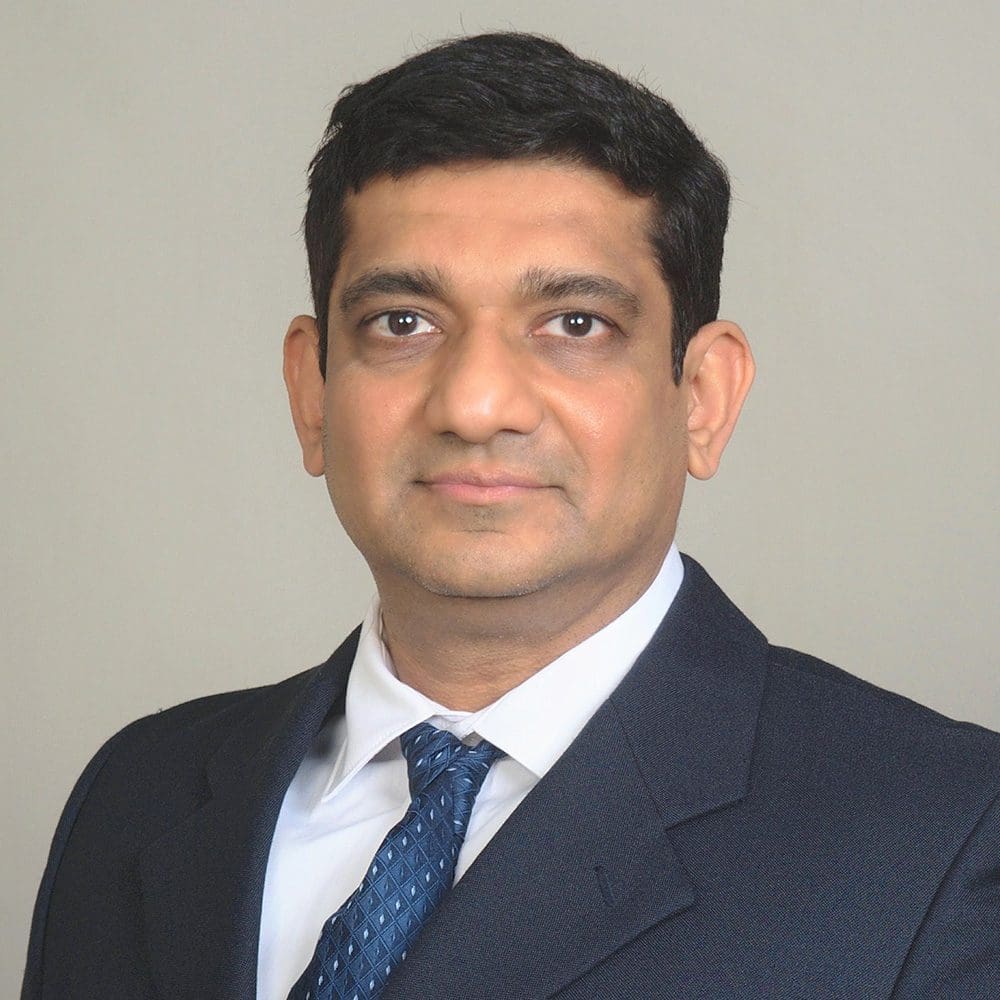In recent years, the advent of 5G sparked excitement among consumers and also triggered vigorous discussions among experts.
List of 5G Capabilities
New and emerging features were continuously added to the list of 5G capabilities, to name a few:
- Immersive mobile media and education
- Real-time surveillance/facial recognition and predictive policing
- Mobile healthcare and monitoring via wearables
- Telemedicine
- Industrial Internet of Things (IIoT) and autonomous manufacturing
- Smart agriculture
- Smart homes and smart cities
- Virtual reality (VR) and augmented reality (AR)
This led a group of experts in 2016 to come together and create a roadmap within the IEEE Future Networks Initiative, which set out to identify research, innovation, and technology trends in the communications ecosystem, as well as inspire an industry-wide dialogue to address the many facets of the development and deployment of 5G in a coordinated and comprehensive manner.
During this time, it quickly became clear that 5G was just the beginning of the revolution where communications were going to continue evolving with time beyond 5G, transforming the way we live, work, and engage with the world.
Although these new applications share the fundamental technology, they were typically developed and used in a siloed manner by industry sectors and technology spaces. This is because much of today’s communication architectures were designed in a bottom-up approach, requiring the applications to fit the underlying physical layer (PHY) that actually deals with the physical connectivity between stations and devices. This fragmented architecture landscape is increasingly making it difficult to introduce newer components and applications.
To address this urgent challenge, the IEEE Standards Association (IEEE SA) launched an Industry Connections (IC) program to review existing and emerging network applications and services beyond 5G from the business, technical, and governance perspectives. Evolved from the Roadmap, this IC program aims to develop a transdisciplinary communications framework that incorporates industries and technology domains into one flexible, scalable, and sustainable ecosystem.
Narendra Mangra, Chair of the IC program and Principal of GlobeNet LLC, explained the background, goals, and potential impact of this IC program.
IEEE SA: What inspired you to get involved in the “Transdisciplinary Framework for 5G and Future Networks Applications and Services” IC program?
Narendra Mangra: I started out working in telecom and I’ve always been inquisitive. Though my initial background is in the radio access network portion, I was always curious about the end-to-end system. Throughout my career, I’ve worked in different roles and areas across the mobility ecosystem beyond telecom. I’ve noticed that a lot of times things are being treated in more of a siloed approach.
Rather than just being focused on one specific area, there was value in looking at the similarities across different areas and how it is treated. For example, the way I approach healthcare is not remarkably different than the way I would approach public safety. It is a systematic way, and it’s really a matter of how to break down these particular silos. When we get into the details of a particular area, then we will have to get very specific in that area. But there is a way of looking at it from a top-down level where we don’t have to look at these particular silos. So my main motivation is really to remove a lot of these artificial barriers and that restricts our way of thinking.
IEEE SA: Can you give an example of how a transdisciplinary communications framework would look like?
Narendra Mangra: I can give two examples. The first one is the IEEE P1950.1 standard development project. It specifies a new architectural framework for smart cities that is in the early stages. We’re planning to look at the networks as well as the governance functions within the smart cities environment. The framework addresses the communications systems aspects for smart city ecosystems and key components of each ecosystem. These communication systems components include network access, service delivery, network and service management, and network extensions within the context of the transdisciplinary framework that also includes diverse ecosystems and governance functions.
The second example is healthcare. With IEEE SA IC program on telehealth, we’re looking across the continuum of care, from birth to end-of-life care. We’re breaking up the entire healthcare ecosystem into different stages or industries. And we’re applying the transdisciplinary framework for that specific ecosystem, for all stakeholders to access, trust, and validate the use of these systems to deliver quality on-demand patient care.
IEEE SA: Which industries and areas would benefit from this transdisciplinary communications ecosystem?
Narendra Mangra: Almost all industries can benefit from it, depending on the stage of innovation. For example, in agriculture, we’re not only looking at precision agriculture but the entire ecosystem all the way to the food supply chain. And with that, we can branch out to different areas, such as climate change, environmental conservation, as well as rural development. Multi-model transportation is another example, whether it be roads, rails, air, water, or micro mobility situations. So there are a number of different industries that can take off through the convergence of networking functionalities to innovate and improve efficiency.
IEEE SA: What is the intended output of this IC program?
Narendra Mangra: First and foremost, we want to bring awareness to a whole range of industries. In this sense, the initial starting point is very broad in nature. We want to make sure that we reach out to different sectors, and when we identify needs for specific areas such as public safety or healthcare, we may launch a separate initiative to focus on that particular area.
IEEE SA: Who should participate?
Narendra Mangra: The IC program is open to anyone who is interested. You don’t need to be an IEEE or IEEE SA member to join. We welcome participants from academia, government, and industry such as telecommunications and network service providers, semiconductor manufacturers, original equipment manufacturers (OEMs), original design manufacturers (ODMs), technology providers, as well as other stakeholders from any other industry sectors.









